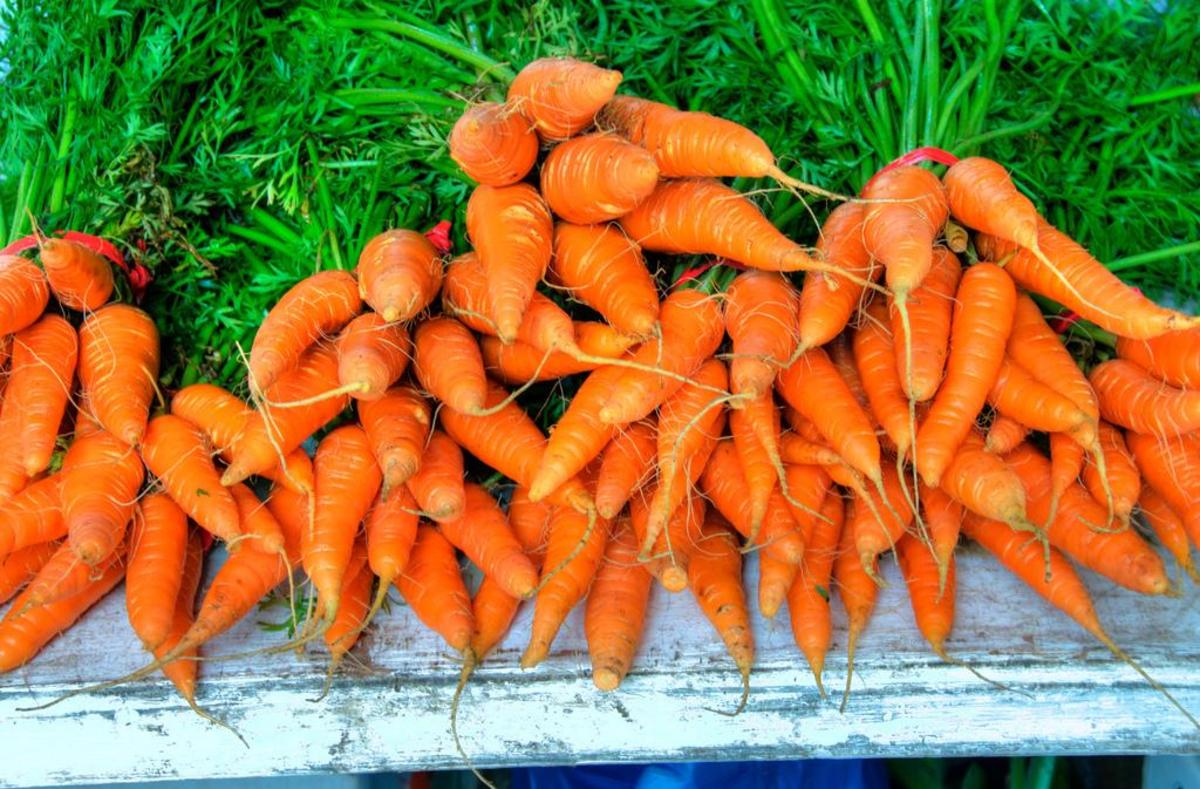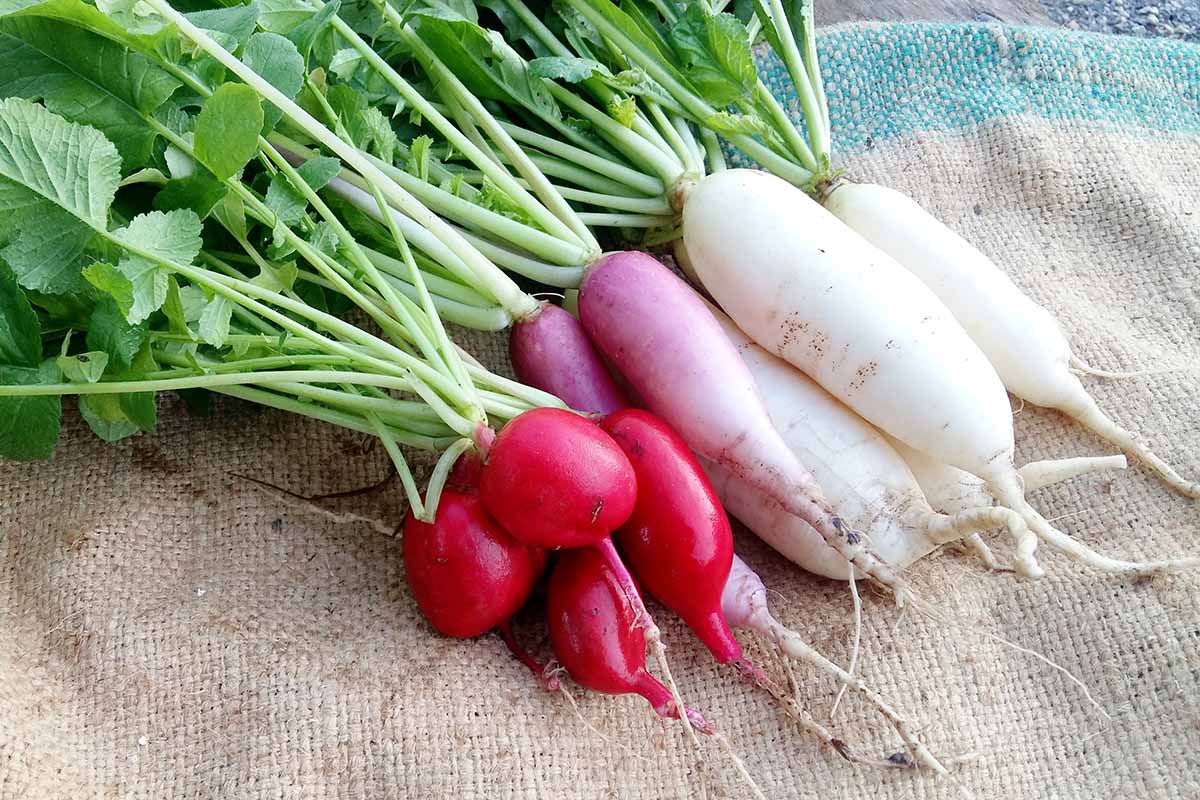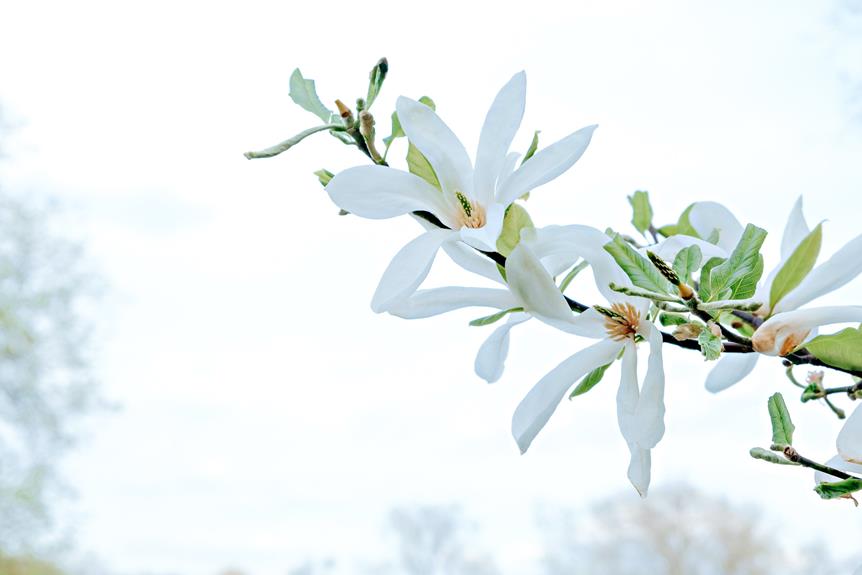plant vegetables in june-2024
DATE : 6 August 2024 By : Tareq Qteshat


Table of Contents
ToggleIntroduction to plant vegetables in june
June is a pivotal month in the gardening calendar, setting the stage for bountiful summer harvests. As the days lengthen and temperatures rise, many gardeners seize this opportunity to plant a variety of vegetables that thrive in warm weather. If you’re ready to turn your garden into a vibrant source of fresh produce, June provides a perfect window for planting several quick-maturing crops. From radishes to beans, there are numerous options waiting to be sown. In this guide, we’ll explore the benefits of planting vegetables in June and the factors you should consider before getting started.
Benefits of Planting Vegetables in June
Planting vegetables in June offers several advantages that can enhance your gardening experience. First, the warmer temperatures and increased sunlight help seeds germinate quickly, leading to faster growth compared to cooler months. Vegetable varieties such as radishes, which mature swiftly, can produce a timely crop that is ready to harvest before the summer’s end.
Moreover, planting in June allows you to take advantage of the extended growing season in many regions. This means you can enjoy a more diverse harvest, incorporating a range of flavors and textures into your meals. With proper planning, it’s possible to have a continuous supply of fresh vegetables throughout the summer and into the fall.
Planting in June also provides an opportunity to experiment with direct sowing. Certain vegetables, like beans and corn, thrive when sown directly into the ground rather than started indoors and transplanted. This method reduces the stress on seedlings, resulting in a healthier crop. Additionally, direct sowing can save time and resources, allowing you to focus on enjoying your gardening experience.
Factors to Consider When Planting in June
While June is an ideal time for planting, there are key factors to consider to ensure success. First, assess the climate in your region. Warmer areas allow for a broader selection of crops, whereas cooler climates may limit choices. Understanding your garden’s microclimate – which can be impacted by shade, frost, or soil type – will guide you in making informed decisions about what to plant.
Another critical aspect is soil preparation. Before planting, ensure your soil is well-aerated and rich in nutrients. Test the pH level to verify it falls within the optimal range for your chosen vegetables. If necessary, amend your soil with compost or organic fertilizers to enhance fertility. Healthy soil contributes to vigorous growth, maximizing yields and improving the flavor of your vegetables.
Watering is another important consideration. June often brings increased heat, which can lead to rapid evaporation. Establish a consistent watering routine to keep your plants hydrated. It’s generally best to water in the early morning or late afternoon when evaporation rates are lower. Be mindful of over-watering, as this can lead to root rot, a common problem for young seedlings.
Moreover, consider companion planting, where you grow different vegetables in proximity to boost growth and deter pests. For instance, planting radishes with lettuce can benefit both crops by using space efficiently and providing mutual shade. Lastly, keep an eye out for pests who become active during the growing season. Implement organic pest control methods, such as introducing beneficial insects or using natural repellents to maintain your garden’s health.
By keeping these considerations in mind, you’ll be well on your way to cultivating a fruitful garden in June, allowing you to harvest fresh and delicious vegetables throughout the summer months. Happy planting!

Quick-Maturing Vegetables for June Planting
Radishes
When considering quick-maturing vegetables to plant in June, radishes should top your list. These vibrant root vegetables typically mature in about 20 to 30 days, making them an excellent choice for gardeners looking to enjoy a fast harvest. In the warmer months, radishes thrive due to their rapid growth cycle. Plant them in well-drained, rich soil, and you’ll find that they not only grow quickly but also add a spicy crunch to your summer salads.
For optimal results, choose a location that receives full sun. This will enhance growth and flavor, preventing undesirable pungency that can arise during peak summer heat. To achieve continuous harvests, consider sowing radish seeds in intervals every couple of weeks. This staggered planting will facilitate a fresh supply of these delicious veggies throughout the summer, allowing you to enjoy them in various dishes.
Beets
Another great vegetable to plant in June is beets. These root vegetables, known for their deep earthy flavor and vibrant color, typically require around 50 to 70 days to mature. Starting beet seeds in early June ensures you’re able to harvest them before the cooler fall weather sets in, providing a sweet and nutritious addition to salads, stews, and sides.
When planting beets, opt for loose, well-drained soil that’s rich in organic matter. Space the seeds about 1 to 2 inches apart, which will allow room for their roots to develop while preventing overcrowding. Additionally, beets can also benefit from companion planting. Pairing them with crops like onions or garlic can help deter pests, enhancing your garden’s productivity overall.
While beets enjoy full sun exposure, they will also thrive in partial shade, making them a versatile option for various garden layouts. It’s important to keep the soil consistently moist, especially during dry spells, as this will help the beets develop plump roots that are both tasty and nutritious.
As you embark on your June planting adventure, remember to maintain adequate spacing between your crops. This practice not only promotes good air circulation, reducing the risk of disease, but also allows ample room for plants to flourish. Regular maintenance, such as weeding and monitoring for pests or diseases, will aid in maximizing your harvest.
Lastly, don’t overlook the benefits of nurturing your garden’s ecosystem. Introducing beneficial insects, like ladybugs and lacewings, can help keep pest populations in check, enhancing the health of your crops. Furthermore, mulching around your plants can improve moisture retention and prevent weed growth, aiding your vegetable plants’ overall development.
In conclusion, June offers a prime opportunity to plant a variety of quick-maturing vegetables. Whether you lean toward the peppery crunch of radishes or the sweet earthiness of beets, you’ll find that these options can yield immediate results and contribute an array of nutrients to your summer dietary staples. By following the guidelines for soil preparation, watering, and maintaining companion plants, you’ll set your garden up for success, ensuring that you enjoy fresh and delicious produce throughout the warm months. Happy gardening!

Summer Favorites to Plant in June
Potatoes
As summer heats up, June is an excellent time to plant potatoes. With a typical maturation period of 70 to 90 days, planting them now allows you to enjoy a bountiful harvest by late summer. To start, select seed potatoes that are certified disease-free and ideally suited for your region. When planting, cut the seed potatoes into pieces, ensuring each piece has at least one ‘eye.’
Plant these pieces in loose, well-draining soil, burying them about 4 inches deep and spacing them 12 inches apart in rows. It’s crucial to keep the soil consistently moist as they grow, particularly during dry spells. Regular hilling is an essential part of potato cultivation. As the plants grow, mound soil around the base to encourage tuber development and prevent greening when exposed to sunlight.
Potatoes thrive best in full sun, so choose a location that offers at least six hours of direct sunlight each day. Monitor for pests such as Colorado potato beetles, which can damage your crop if not managed promptly. Implementing integrated pest management techniques, like introducing beneficial insects, can be effective in keeping pest populations under control. Furthermore, consider rotating your crops each year to minimize the risk of disease and nutrient depletion.
With just a little bit of care, your summer potatoes will flourish, providing a satisfying and versatile addition to various meals. Enjoy them roasted, mashed, or in salads for a delightful summer treat.
Peas
June is also a perfect month to plant green peas and sugar peas, especially in hardiness zones 3-6. These legumes are prized not only for their sweet flavor but also for their ability to be incorporated into various dishes. Planting them now will yield a delightful summer crop, typically ready to harvest approximately 60 days after sowing.
To plant peas, prepare your soil by ensuring it is well-drained and rich in organic material. Sow the seeds about 1 inch deep and space them 2 inches apart in rows that are 18 to 24 inches apart. Providing a trellis or support for climbing pea varieties will help maximize your garden space and facilitate easier harvesting.
Peas prefer cooler temperatures, so be mindful of the heat as the summer progresses. It’s beneficial to plant them early in the month to avoid the intense heat of mid-summer, which can adversely affect their growth. Regular watering is essential, especially if the weather turns dry, as consistent moisture helps maintain sweet flavor and crisp texture.
Once established, you can enjoy a continuous harvest by selecting varieties with different maturation times. Incorporating peas into your diet is not only delicious but also provides a significant source of protein, vitamins, and fiber, making them an excellent choice for healthy meals.
As you plan your June planting, consider your garden’s layout and the specific needs of each vegetable. Pay attention to sunlight, soil type, and moisture levels to ensure optimal growth and yield. Embrace companion planting, where compatible plants support each other’s growth and deter pests naturally. This holistic approach can bolster the health of your garden and lead to a productive summer harvest.
In summary, June presents an excellent opportunity to plant a variety of summer favorites including potatoes and peas. By adhering to proper planting techniques and providing regular care, you can look forward to a successful garden that offers fresh and nutritious produce all season long. Happy planting!

Onions and Greens for June Planting
Bunching Onions
As you consider diversifying your summer garden, bunching onions should definitely be on your list. These are a fantastic choice for June planting due to their quick-growing nature and culinary versatility. Bunching onions, also known as green onions or scallions, thrive in cooler weather but can easily establish themselves during June’s mild temperatures.
To plant bunching onions, begin by preparing your soil. Ensure it is well-draining and enriched with organic material, as this will promote strong growth. You can plant them in rows, sowing the seeds about ½ inch deep and spacing them 1 inch apart. If you prefer larger onions, you might consider transplanting young seedlings from a local nursery instead.
Regular watering is crucial, especially in the warmer months. Aim to keep the soil consistently moist but not waterlogged. As your bunching onions grow, be sure to keep the area weed-free, as these weeds can compete for nutrients and space. After approximately 60 days, you can begin to harvest them by pulling as needed. Not only do bunching onions enhance your dishes with their mild flavor, but they are also rich in vitamins A, C, and K, making them a nutritious addition to salads, stir-fries, and soups.
Swiss Chard
Another excellent vegetable to consider planting in June is Swiss chard. This leafy green is not only visually appealing with its vibrant red and yellow stems, but it is also exceptionally nutritious. Swiss chard is resilient, making it well-suited for varying climates, and it enjoys a long growing season, which means you’ll be able to harvest it throughout the summer and into the fall.
When planting Swiss chard, make sure your soil is well-draining and enriched with nutrients. Sow the seeds about ½ inch deep and space them approximately 3 to 4 inches apart in rows that are 18 inches apart. As these plants begin to grow, thin them out if necessary to allow for adequate air circulation, preventing diseases that are common in closely spaced plants.
Swiss chard can tolerate slightly warmer temperatures, but for the best results, it is advisable to plant early in the month to avoid the peak heat of summer. Regular watering is vital, particularly during dry spells, as consistent moisture helps maximize their growth potential. Interestingly, Swiss chard is versatile enough to be enjoyed raw in salads or cooked into a multitude of dishes, providing an excellent source of vitamins A, C, and K, along with dietary fiber.
Taking time to plant vegetables such as bunching onions and Swiss chard in June can significantly enhance your summer harvest. The key to success lies in preparing your soil adequately, maintaining consistent moisture levels, and providing proper care throughout the growing period.
Embrace the practice of companion planting, which entails placing compatible crops close to one another to improve growth and deter pests. As you implement these strategies in your garden, you foster a holistic gardening environment that can thrive during the warmer months.
In conclusion, the month of June offers an invaluable opportunity for planting delicious and nutritious vegetables. By incorporating bunching onions and Swiss chard into your garden plot, you are not only enriching your meals but also advocating for healthier eating habits throughout the summer season. Happy gardening!

Legumes and Squashes for June Gardens
Beans
As you dive into June gardening, you might want to consider planting beans, which are ideal for the warmer temperatures this month brings. Beans thrive in USDA Zones 3 through 8 and can be directly seeded into your garden. Not only are they a delicious addition to your meals, but they are also a fantastic source of protein and dietary fiber. Begin by selecting a sunny location in your garden, as beans require at least six to eight hours of sunlight daily for optimal growth.
To plant, prepare well-drained soil that is rich in organic matter for better nourishment. Sow the seeds about one inch deep and space them around two to four inches apart, depending on the variety you choose. Keep an eye on moisture levels; while beans need regular watering, they do not tolerate soggy soil well. Consistent moisture during the early stages of growth is critical, as it promotes germination and a strong root system.
Regular harvesting plays a crucial role in prolonging production, so consider picking your beans continuously as they ripen. This encourages the plant to produce even more beans throughout the summer, providing you with a bountiful harvest. Additionally, beans are beneficial to your garden as they enrich the soil with nitrogen, making them excellent companions for other crops you may wish to grow.
Summer Squash
Another excellent choice for June is summer squash, which includes zucchini and various other squash types. Summer squash thrives in the warm, moist soil typical of early summer, where it can grow rapidly and produce yields significantly. Start by choosing a sunny spot in your garden with fertile, well-draining soil.
For planting, sow the seeds either directly in the garden or start them indoors if you wish to get an earlier jump on the season. When planting outdoors, place the seeds approximately one inch deep and allow at least two feet between hills for sufficient space to grow. Water your summer squash plants regularly to maintain consistent moisture levels, especially during dry spells. Mulching around the plants can help retain moisture and suppress weeds that might compete for nutrients.
Summer squash is a fast-growing vegetable, and you’ll see the fruits develop quickly if you maintain the proper care. Regularly harvesting your squash will not only help yield more but also promote healthier and tastier produce. As squash can be susceptible to pests, consider companion planting, using natural deterrents, or employing row covers to protect your plants.
Both beans and summer squash serve as nourishing, versatile ingredients in numerous dishes, making them invaluable additions to your summer garden. Their growth supports a healthy lifestyle and encourages a greater appreciation for homegrown produce. Furthermore, incorporating diverse crops into your garden can lead to improved soil health, reduced pest outbreaks, and an overall richer gardening experience.
In summary, June presents ideal conditions for planting beans and summer squash. With some preparation and care, you can enhance your garden’s productivity while enjoying the delectable flavors these vegetables add to your culinary creations. By cultivating these crops alongside others, you are on your way to a fruitful and fulfilling gardening season. Happy gardening as you embark on this journey into home horticulture!
Tags: 17 vegetables to plant in june, best vegetables to plant in june, growing vegetables in shade, june vegetables, june vegetables grow in pots, june vegetables to plant, seeds to plant in june, seeds to sow in june, vegetable garden, vegetable gardening, vegetables grown in june, vegetables to grow in june, vegetables to plant in june, vegetables to sow in june, waht to plant in june, what can i plant in june, what to plant in june, what vegetables to plant in june










